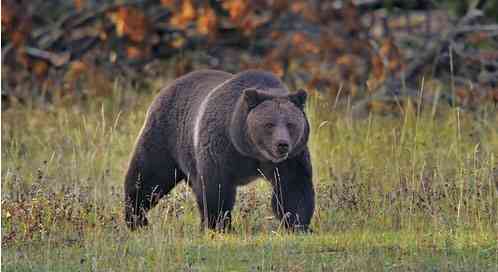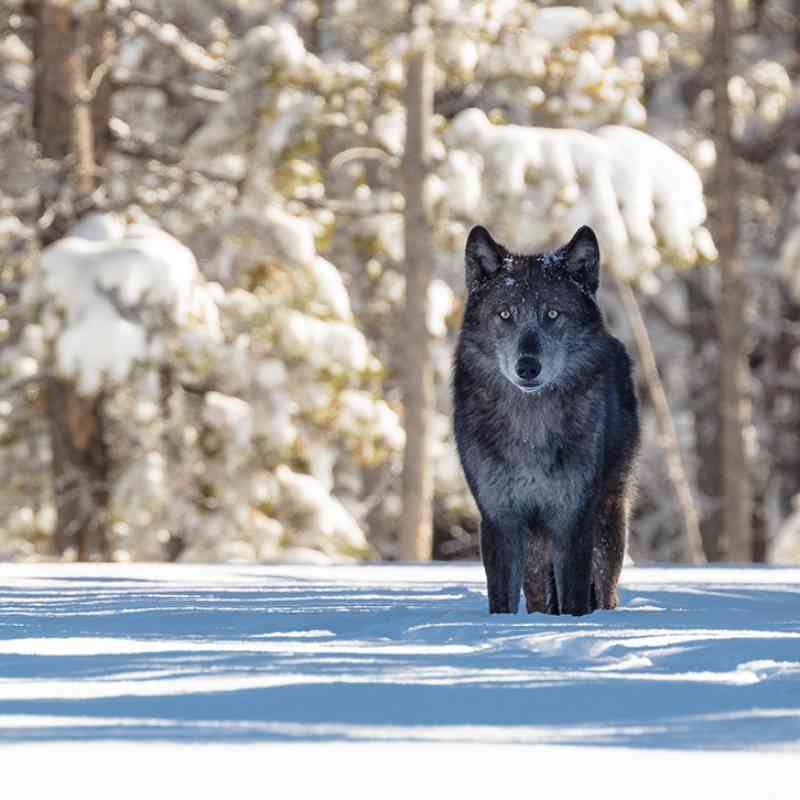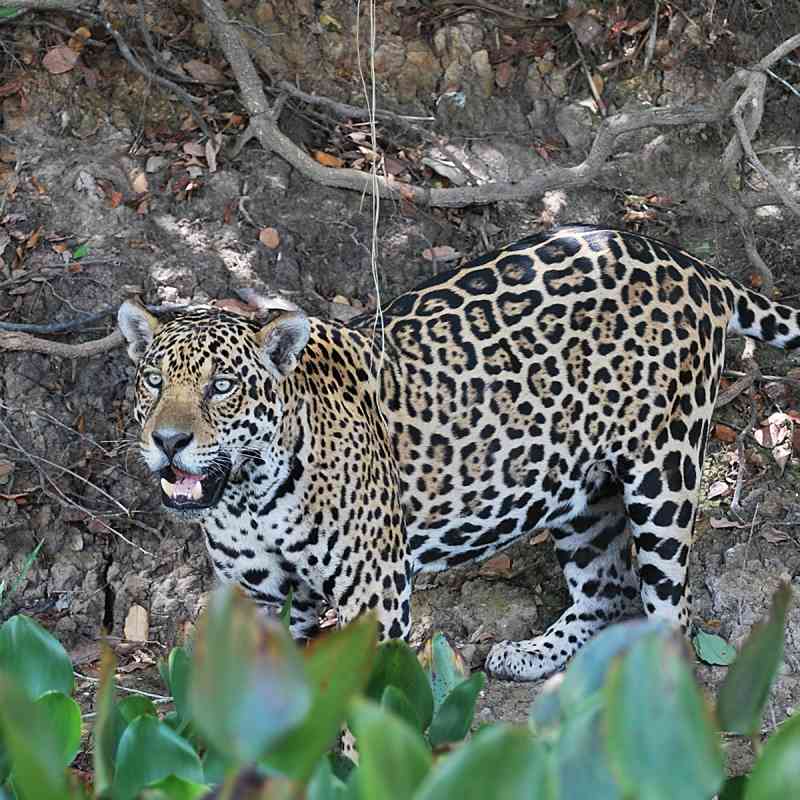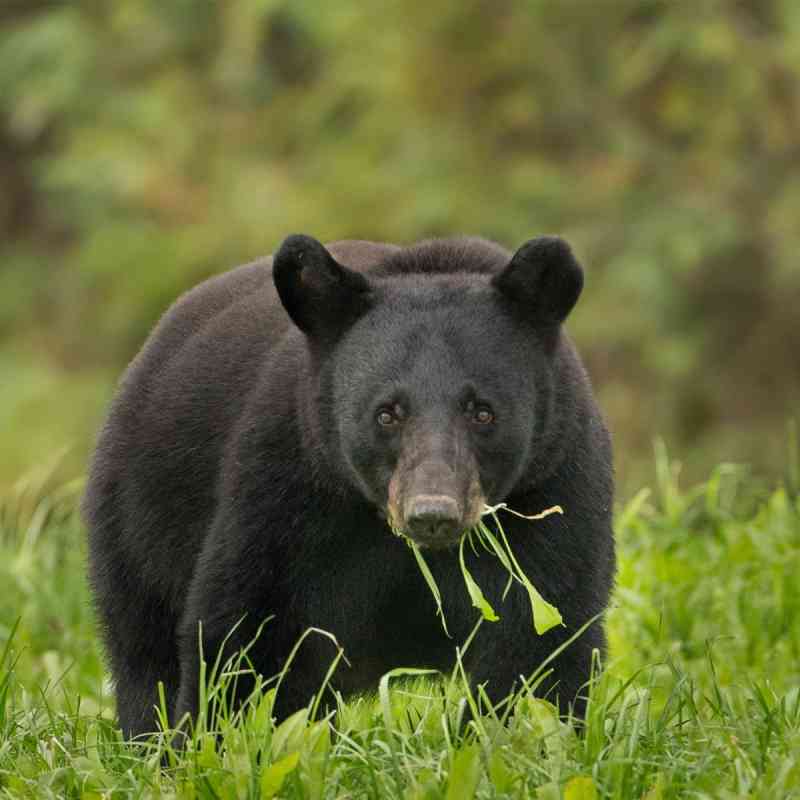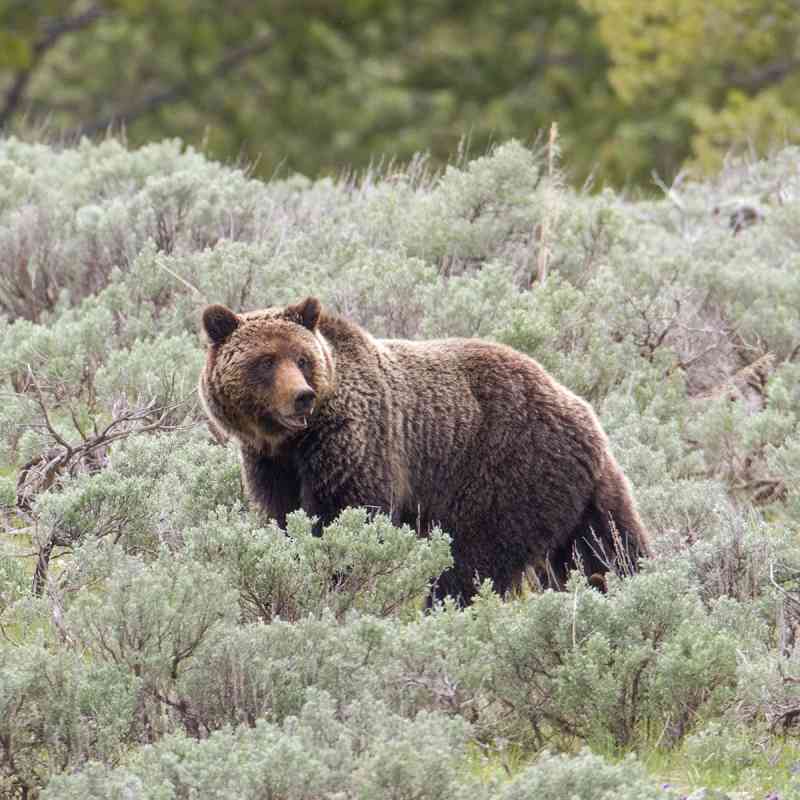Large carnivores—big cats, wolves, bears and more—face enormous threats from loss of prey and habitat to use of their parts in traditional medicine. But beefed up livestock production worldwide—50 percent more in the last 50 years—is also taking a tremendous toll, says William Ripple, lead author of a new Oregon State University College of Forestry study. It’s also significantly contributing to greenhouse gas emissions.
With more than 75 percent of the world’s 31 large-carnivore species declining, and previous studies documenting the positive ecosystem effects that species such as mountain lions and wolves have on the landscape, the scientists say that the classic concept of predators labeled as harmful to humans and depleters of wildlife is outdated.
“Carnivores play complex roles in ecosystems and provide economic and ecological services that people value,” says Ripple. “Among them, carbon sequestration, riparian restoration, biodiversity and disease control.”
But livestock production often encroaches on land needed by large carnivores. In fact, about a quarter of the Earth’s land is dedicated to grazing—while a third of all farmland is used to grow crops to feed livestock. Should a predator prey on livestock—even on public lands—some ranchers take extreme tactics like shooting and poisoning—or calling in the federal government’s Wildlife Services agency to do it for them (see “Coming to Light,” page 5).
Ripple and his colleagues are calling for an international “coexistence” initiative, a concept that Defenders has long-embraced with successful projects on the ground in areas that include the Northern Rockies, the Southwest, Florida and Alaska.
“These projects create win-win situations for people, imperiled native species and the ecosystems we all share,” says Suzanne Stone, Defenders’ Northern Rockies representative.
Stone recently traveled to Australia to help wildlife managers evaluate whether the nonlethal methods Defenders uses with wolves in the Northern Rockies will work to prevent predation on sheep by dingos—Australia’s largest apex predator (also called a wild dog). Every year hundreds, possibly thousands, of these wolf descendants are poisoned or shot, even though they fill an important ecological niche. “We were able to identify and adapt a number of nonlethal tools and husbandry methods that should reduce sheep loss and protect dingos, including using guard donkeys,” says Stone. “We know that every situation is unique, so we try to customize solutions to each rancher’s needs—and in this case it just happened to be in Australia.”
Only select articles from Defenders are available online. To receive 4 issues annually of the full award-winning magazine, become a member of Defenders of Wildlife!
Related

